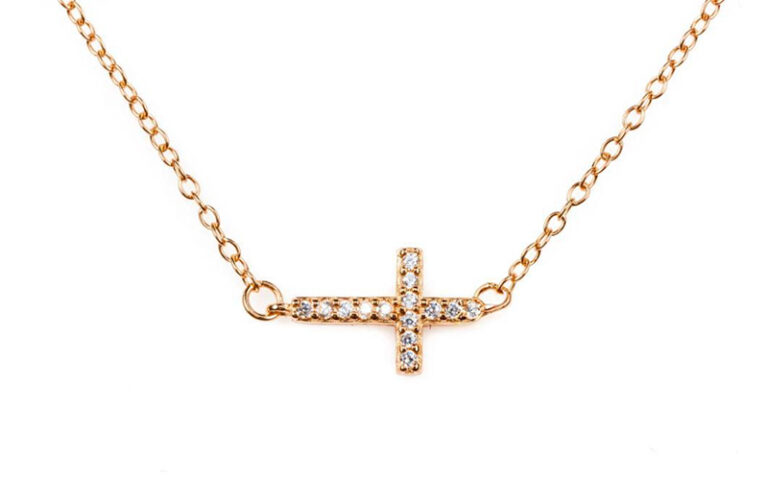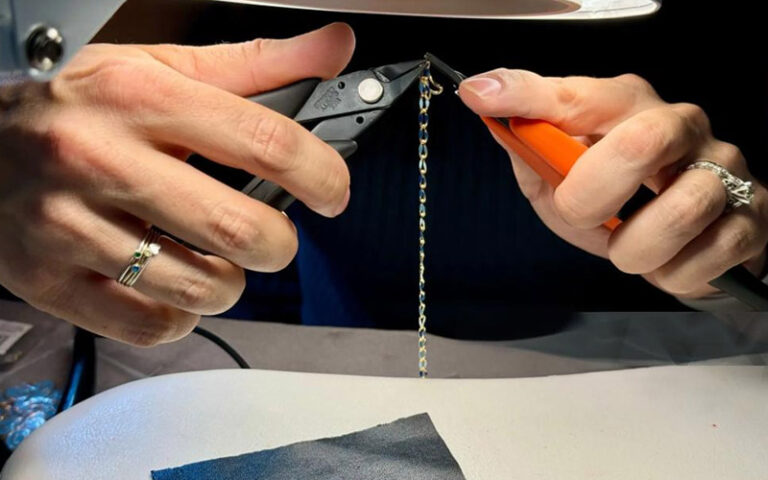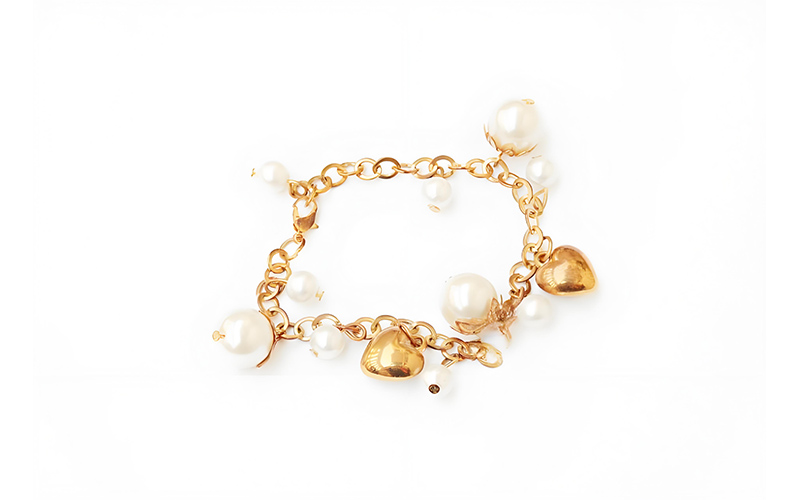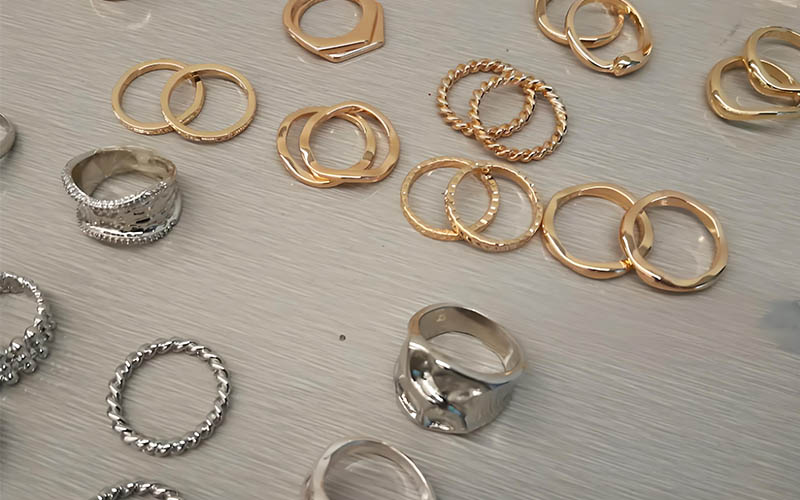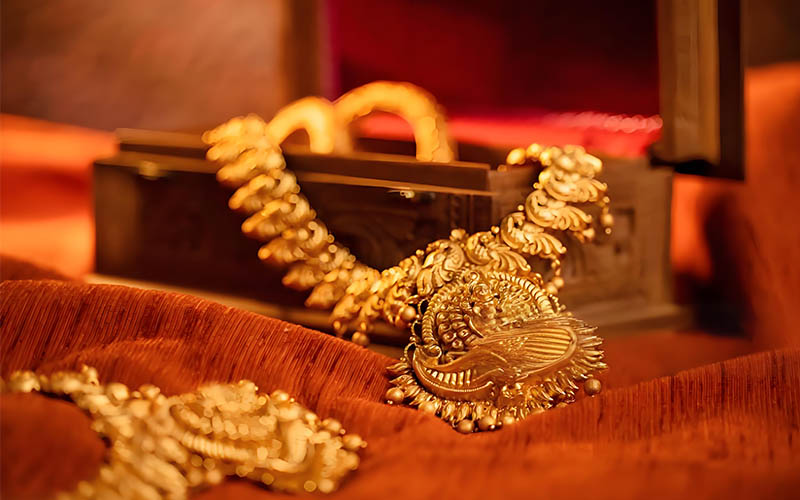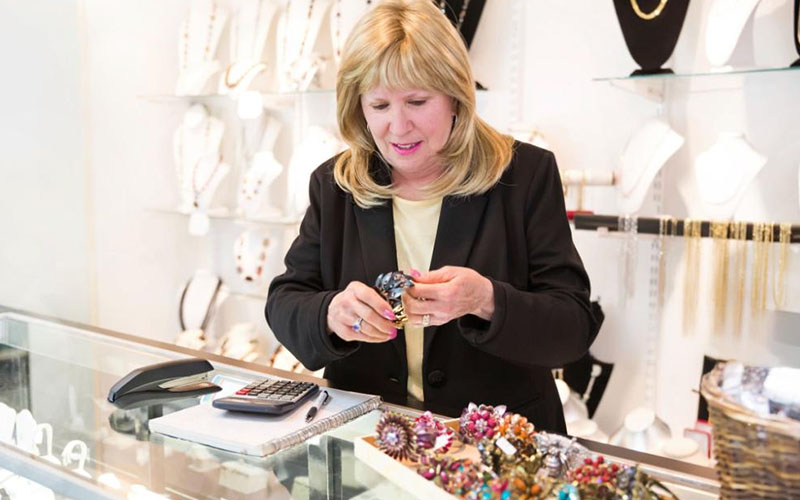
Best Practices for Managing High-Value Jewelry Inventory: Your Comprehensive Guide
I’ve been in business for a long time. I’ve seen many smart people start a jewelry business full of passion, only to get tangled up in a web of numbers and boxes. The problem is often their inventory. It’s a quiet problem that grows until it’s screaming. You might have thousands of dollars tied up in a beautiful necklace that hasn’t sold in a year, or you might run out of your best-selling earrings during the holiday rush. This guide is for you. It’s a practical, no-nonsense look at how to master your jewelry inventory management. I’ll share my experiences and the best practices I’ve learned to help you stop losing money and start building a stronger, more profitable business. This is your first step to turning chaos into cash flow.
Table of Contents
Why is Effective Jewelry Inventory Management So Crucial for Your Business?
Let’s be direct. Your inventory is your money sitting on a shelf. If you don’t manage it well, you are essentially letting money slip through your fingers. For a jewelry brand, where single items can be worth thousands, poor inventory management is not just a small mistake; it’s a critical threat to your survival. I once consulted with a jeweler who thought they were doing well. But when we did a deep dive, we found they had almost 40% of their capital tied up in slow-moving inventory. They were “asset rich” but “cash poor” and couldn’t invest in new, popular designs.
This is a classic problem. You have a beautiful collection of jewelry pieces, but you don’t have a clear picture of what’s selling, what’s not, and what might have gone missing. Without effective inventory management, you can’t make smart decisions. You order more of what you think is popular, leading to overstock. You miss out on sales because you didn’t realize you were low on a best-seller. This uncertainty creates stress and eats away at your profits. Effective jewelry inventory management is the foundation of a healthy jewelry business. It gives you the clarity and control you need to grow.

What Are the Biggest Inventory Challenges for a Jeweler?
Running a jewelry business comes with unique inventory challenges. First, you are dealing with very small, high-value items. A single misplaced tray of rings isn’t like losing a box of t-shirts; it can represent a huge financial loss. The risk of theft, both internal and external, is much higher. Keeping track of every single piece, from a delicate necklace to a tiny earring stud, requires a meticulous system. Without one, your inventory numbers can become a work of fiction.
The agitation comes when these challenges become your reality. You spend hours searching for a piece a customer wants, only to realize it’s gone. You prepare for a big sale, but your inventory counts are off, and you can’t fulfill orders, damaging your brand’s reputation. This is where many jewelers feel overwhelmed. The fear of loss and the confusion from inaccurate data can be paralyzing. These inventory issues prevent you from focusing on what you love: designing and selling beautiful jewelry. You end up managing chaos instead of managing your jewelry inventory effectively.
How Do You Start Keeping Track of Your Jewelry Inventory?
The first step is always the hardest, but it’s simple: you must commit to a system. You can’t manage what you don’t measure. Start with a full inventory count. Yes, it’s tedious. You need to handle every single item, record it, and give it a unique identifier, often called a SKU (Stock Keeping Unit). This initial count creates your baseline. It’s the true starting point for all future inventory tracking. I’ve seen people try to guess or use old records, and it never works. You have to start fresh to get an accurate picture.
Once you have your baseline, you need a way to track inventory movements. This can start with a simple spreadsheet, but it must be updated for every sale, return, or new shipment. This process forms the core of your inventory system. You must track not just the item name, but details like the supplier, cost, metal type, stone, and location (e.g., in the safe, on display). This detailed data is what will later help you make smart purchasing decisions. Without this foundational work, any software or advanced technique will fail. You need a reliable inventory record before you can start to optimize your jewelry inventory.
What Should You Look for in Jewelry Inventory Software?
A spreadsheet is a good start, but as your jewelry business grows, you’ll quickly need something more powerful. This is where jewelry inventory software comes in. The right inventory management software for jewelry can be a game-changer. So, what should you look for in jewelry inventory software? First and foremost, it should be designed for the jewelry industry. A generic system won’t understand things like tracking by gram weight, gemstone karats, or component parts for custom pieces.
Look for a system that offers real-time inventory tracking. When you sell a necklace in your physical jewelry store, the software should instantly update the stock levels online. This feature, often called the ability to sync inventory across channels, is vital to prevent you from selling the same item twice. The best jewelry inventory management software will also include robust reporting. You need to be able to see your best-sellers, your slowest movers, and your profit margins at a glance. Investing in jewelry inventory management software isn’t an expense; it’s an investment in efficiency and profitability.
Can Barcodes Really Streamline Your Jewelry Inventory?
Absolutely. If you are not using a barcode system, you are leaving efficiency on the table. Think about the manual process of finding an item and writing down its SKU. It’s slow and prone to errors. A barcode system automates this. Each piece of jewelry gets a tag with a unique barcode. When you sell it, you scan it. When you receive a shipment, you scan it. When you do an audit, you scan it. This drastically reduces human error and saves an incredible amount of time.
This is a simple solution to a frustrating problem. Imagine trying to do an inventory count on hundreds of tiny, similar-looking charms. It’s a nightmare. With a barcode scanner, what used to take days can now take hours. This allows you to perform inventory checks more often, keeping your data clean and accurate. A good inventory management system will let you print your own barcode labels with all the key information: SKU, price, and even a short description. This helps streamline your entire operation, from receiving stock to the point of sale. It’s a foundational step to organize your jewelry and your business.
How Often Should Your Jewelry Store Conduct Inventory Audits?
Inventory audits are non-negotiable. They are your way of checking that your records match reality. But how often should you do them? I recommend a two-part approach. First, you should perform a full inventory count at least once a year. This is a complete, wall-to-wall check of every single item. It’s a big job, but it’s essential for tax purposes and for resetting your inventory data to be 100% accurate.
However, waiting a full year between counts is too long. In the jewelry world, a lot can happen in a year. That’s why you should also implement cycle counting. This means you audit a small section of your inventory every week or every month. For example, one week you count all gold rings. The next week, you count every diamond necklace. This makes the process manageable and helps you catch inventory issues like theft or loss much faster. Regular inventory audits are a core part of managing inventory responsibly. They are your best defense against the slow drain of profits from lost or misplaced stock.
What Are the Best Practices for Managing High-Value Jewelry?
Managing high-value jewelry requires an extra layer of security and control. These are your most significant assets, and they carry the most risk. The first best practice is segregation. Your most expensive jewelry pieces should be stored separately in a high-security safe or vault, with access limited to only a few trusted individuals. Every time one of these pieces is taken out for a showing, it should be logged out, and logged back in when it’s returned.
Another critical practice is detailed documentation. For every piece of high-value inventory, you should have a file that includes high-resolution photos, appraisal certificates, and gemological reports. This information is not only crucial for insurance purposes but also for confirming the identity of the piece. When you manage your inventory, especially high-value jewelry, you must treat it like a bank manages cash. This meticulous approach is one of the best practices for managing high-value assets and protecting your jewelry business from a devastating loss.

How Can You Avoid Overstock and Keep Your Cash Flow Healthy?
Overstock is a silent killer of a jewelry business. It ties up your cash flow in products that aren’t selling, preventing you from investing in new, exciting inventory. The solution is to make data-driven decisions, not emotional ones. Your inventory management system should provide you with sales velocity reports. These reports show you how quickly each item is selling. Use this data to identify your slow-movers. You might love that avant-garde necklace, but if you’ve only sold one in two years, it’s time to mark it down and free up that capital.
This is where the fear of making a mistake can hold you back. What if you discount an item and it suddenly becomes popular? It’s a small risk compared to the certain damage that overstock does to your cash flow. A good strategy is to set a rule: if an item hasn’t sold in a certain period (e.g., 12 months), it automatically goes on sale. Having a reliable inventory management system in place gives you the confidence to make these tough but necessary decisions. It helps you keep your inventory lean, your cash flowing, and your business agile.
How Can a Reliable Manufacturer Improve Your Inventory Control?
This is a part of the solution many jewelers overlook. The source of your inventory—your jewelry manufacturers or suppliers—has a massive impact on your ability to manage it. Problem: You have to place huge orders months in advance to get a good price, forcing you to guess what will be popular. This leads directly to inventory issues like stockouts of best-sellers and overstock of duds. Agitate: You’re stuck with a mountain of unsold jewelry, your cash is gone, and you can’t afford to order the new designs you know would sell. It feels like you’re gambling with your business every time you place an order.
Solution: Partner with a manufacturer who understands modern inventory control. As a manufacturer, we’ve built our business around solving this exact problem. We offer smaller minimum order quantities and faster production times. This means you can order closer to when you need the stock, reducing guesswork. You can test new designs with a small batch instead of committing thousands of dollars. We can even work with your inventory management software to tag items with a barcode at our facility, so they arrive ready to sell. A strategic partnership with the right manufacturer turns your supply chain into a competitive advantage, helping you streamline your jewelry inventory and improve your bottom line. We help you keep the right jewelry inventory on hand at all times.
How Do You Manage Your Inventory Across Multiple Sales Channels?
In today’s market, you probably sell jewelry in more than one place. You might have a physical jewelry store, an e-commerce website, and maybe even sell on a marketplace like Etsy or Amazon. Managing your inventory across these channels is a major headache. The biggest risk is selling an item online that you just sold in your store. This leads to angry customers and a damaged reputation.
The only way to solve this is with technology that can sync inventory across all your channels in real time. Your inventory management system must be the central brain of your operation. When an item sells anywhere, the system must immediately update the stock levels everywhere else. This is called omnichannel inventory management. It ensures your inventory in sync and provides a seamless experience for your customers. This is a key part of modern jewelry retail and is essential for any jewelry brand looking to grow in the digital age. Without it, you’re constantly chasing down inventory numbers and putting out fires.


